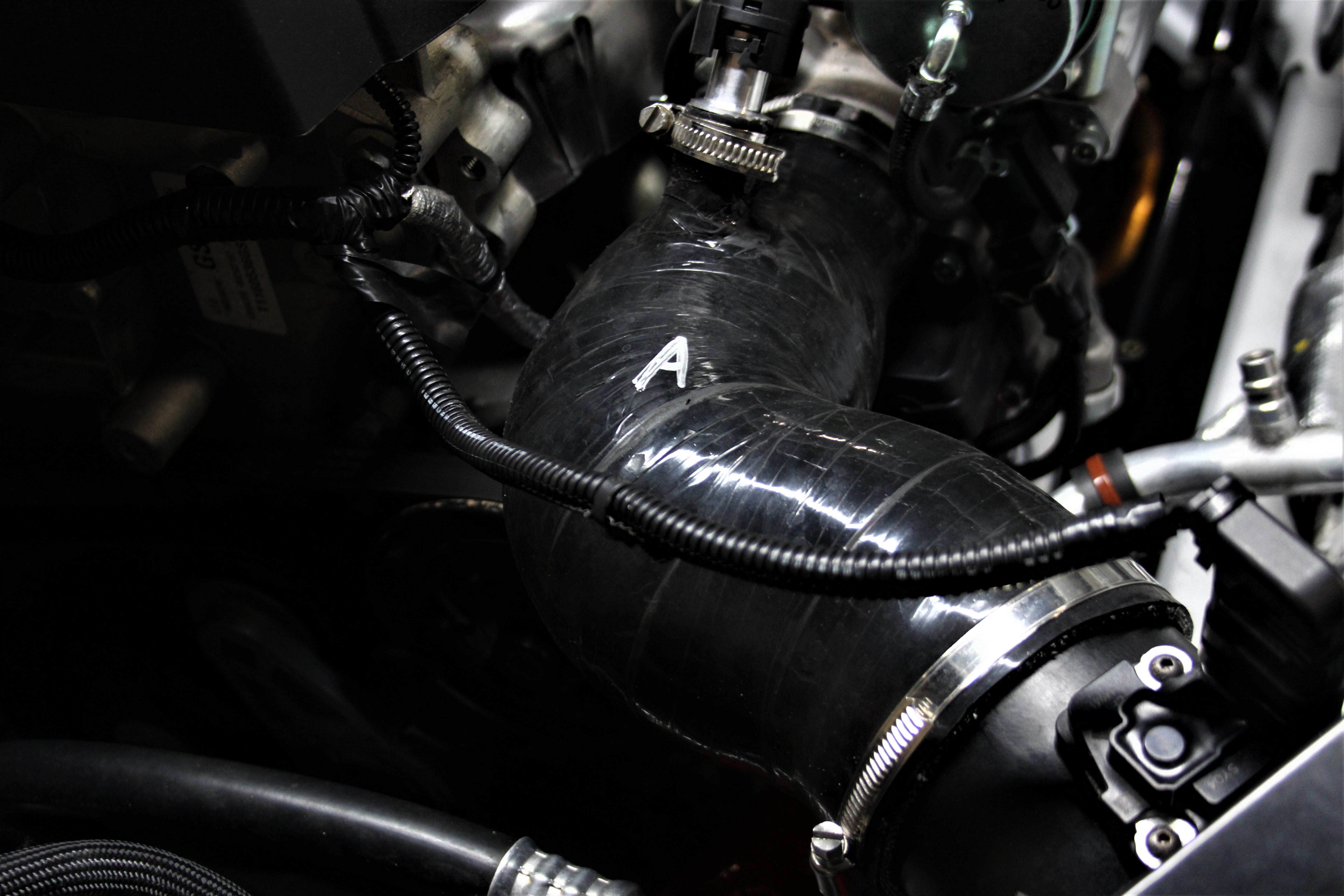
"The TurboChevy" Intake R&D, Part 3: Back To The Drawing Board
Research and Development (R&D) - Work directed toward the innovation, introduction, and improvement of products and processes.
The research and development process can get tricky. Sometimes, at a moment when you think you have a perfectly working product, that's ready for the masses; something just goes awry. This isn't necessarily a bad thing. We welcome situations like this, especially during this late in the development stage, because we're able to catch unexpected issues early. It's not like we want you to deal with them. That's why we do so much testing. As the definition states, this work needs to be directed, in part, toward the improvement of products and processes. We take this attitude with each and every design that leaves our R&D facility for production. As an example, we implemented some modifications to the last design you guys saw for this Camaro 2.0T intake project, even though those changes were minor. I still want to walk you through why we amended the promising previous design. I'm channeling my high school physics teacher here, she always said show your work. I'd say she was onto something; it's not just about the destination, it's about the journey!
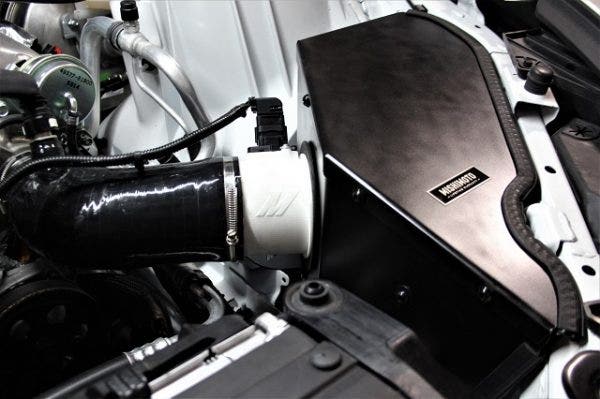
The previous design
Last time we left you guys with some dyno footage, power numbers and data reflecting the improvement in pressure drop from the previous design. We also drove the car for well over 700 miles to be sure that the mass airflow sensor (MAF) had properly adapted to the change in airflow. After this extensive road testing, without any codes thrown, we were ready to pull the trigger on initial production. But on the last day of testing, that moment I mentioned earlier presented itself. Just as we were about to get the ball rolling to release this product to the market, a check-engine-light (CEL) popped up.
Our lead engineer for the project and a couple of our other in-house braniacs for this sort of thing were stumped. We hadn't noticed anything different when driving the car, so what could be causing it? Was it serious? We tried clearing the code, but it would intermittently pop back up for no apparent reason. The car was CEL free for a distance that could easily cover the ground between our R&D headquarters (New Castle, DE) and Atlanta! The only change was a production unit MAF housing made of a glass-reinforced, silicone injection mold (this will be important later in the article!) that we swapped out with the porcelain one so we could simulate testing with a full production unit. We spent several additional weeks targeting possible culprits, but the design was sound, and we did not identify the issue.
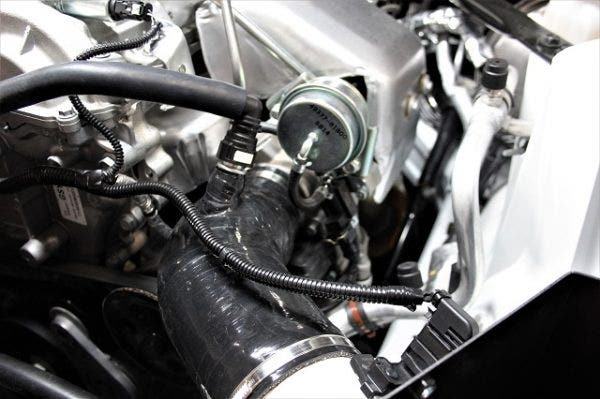
What to do, what to do".
We took the car out several times for long drives to gather data on exactly what the MAF was reading over an extended period. We had our resident Stig pay extremely close attention to engine load at wide open throttle (WOT), as we were seeing some weird data in those conditions. Then he found it; the Stig reported back noticing some odd dips and hesitations within the transition of WOT to quick off-load deceleration. It's kind of like doing a quick highway pull and then quickly letting off the accelerator. This hesitation was consistent while driving and was usually followed by a tip-in throttle flutter. The CEL would seemingly pop up mostly during this deceleration. What was causing that?
On turbocharged engines, a bypass-valve, vents the extra air sucked in by the turbo back through the intake tract after the throttle is closed. That is where the infamous "psshhhh" sound comes from when a turbocharged car quickly lets off the throttle. In most applications, these valves are generally found charge pipes, but we noticed that this valve is located inside the compressor housing.
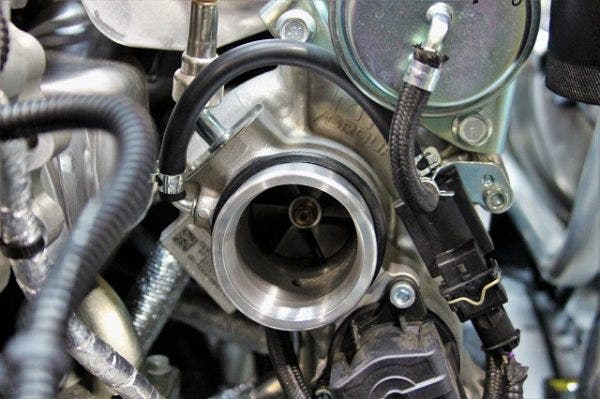
It's in there somewhere
It turns out, that discharged air was the culprit! When the air is discharged, think of it as reversed airflow when the throttle is closed. It traps air inside the intake, since it hasn't yet been dumped by the bypass valve. The trapped air causes unwanted airflow turbulence that is picked up by the MAF, which then results in a CEL. But why did this issue not arise during our 700+ miles on the road? Remember, I said we swapped out our prototype porcelain MAF housing with a production unit. The prototype was 3D printed, so it was as close to the digital computer-aided design as it was going to get. The production samples (of any product) will have manufacturing imperfections such as a slightly rough surface, or even minor warping of the air straightener. Don't worry, these imperfections are expected when it comes to mass producing items like these, but they are so minor that they aren't visible to the human eye. They normally don't affect the performance of the product, except in rare cases such as what we were seeing here. We needed to combat this by reducing the MAF signal "noise" caused by the turbulence, just enough so as to not trigger a code.
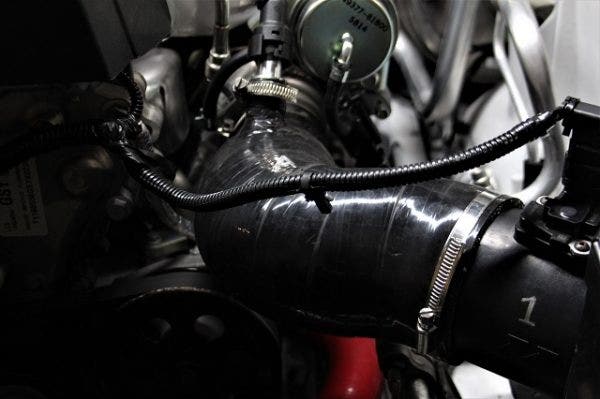
See above, the black housing
Fun fact: Older MAF sensors must be placed as far away from the turbo as possible to avoid this turbulence. Modern MAF sensors are calibrated to handle this kind of disturbance, but only to an extent. With our initial design, we reached the so-called boiling point that caused this sensor to throw a code.
Our white prototype MAF housing was made with such precision, that it tip-toed along that threshold allowing just enough turbulence for a code not to be thrown. Essentially ANY material flaw in the MAF sensor's construction would cause enough turbulence to throw a code, which is why we were seeing one with our newer housing. Within the stock system, this turbulence would not reach the MAF housing to affect its readings. Our hose with the 50˚ angle is the shortest, straightest and least restrictive design, but due to this reduced restriction, the turbulence reaches the MAF housing much easier. Talk about a Catch-22!
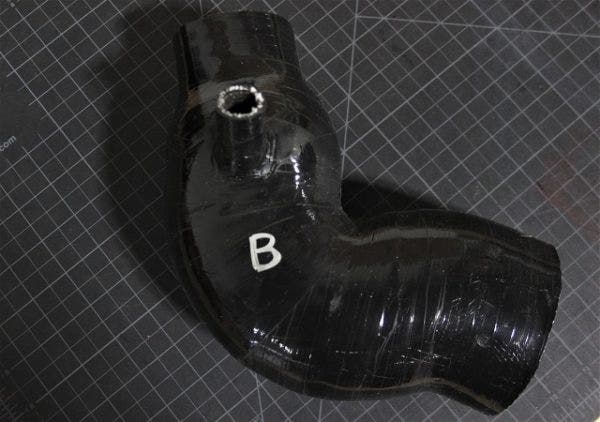
A new day, a new hose
As you can see, we modified the hose to have a slight curvature. This was the only change we needed to get rid of that annoying CEL. We have been driving the car code-free for the past couple of months! What does this do for performance? I'm happy to report that after re-testing the car on the dyno, we found absolutely no difference in power between the two designs. You will still see the same gains we had with the previous design, around 21hp and 18ft-lbs of torque!
What's Next?
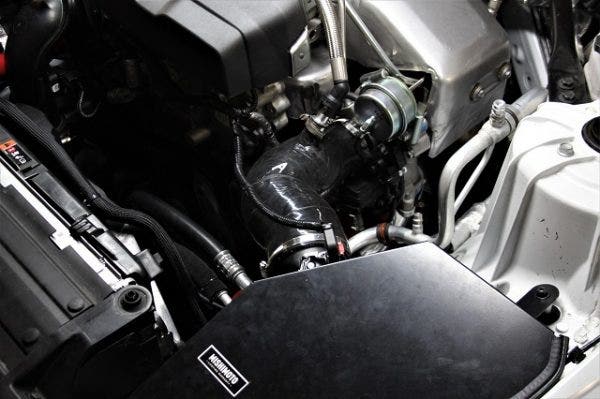
Finally!
This is the design we are going to go with for the final kit, so we just need to get a production sample kit into our R&D facility for some test fitting. After that, it's presale time! Stay tuned for more and thanks for reading.
-Diamaan




